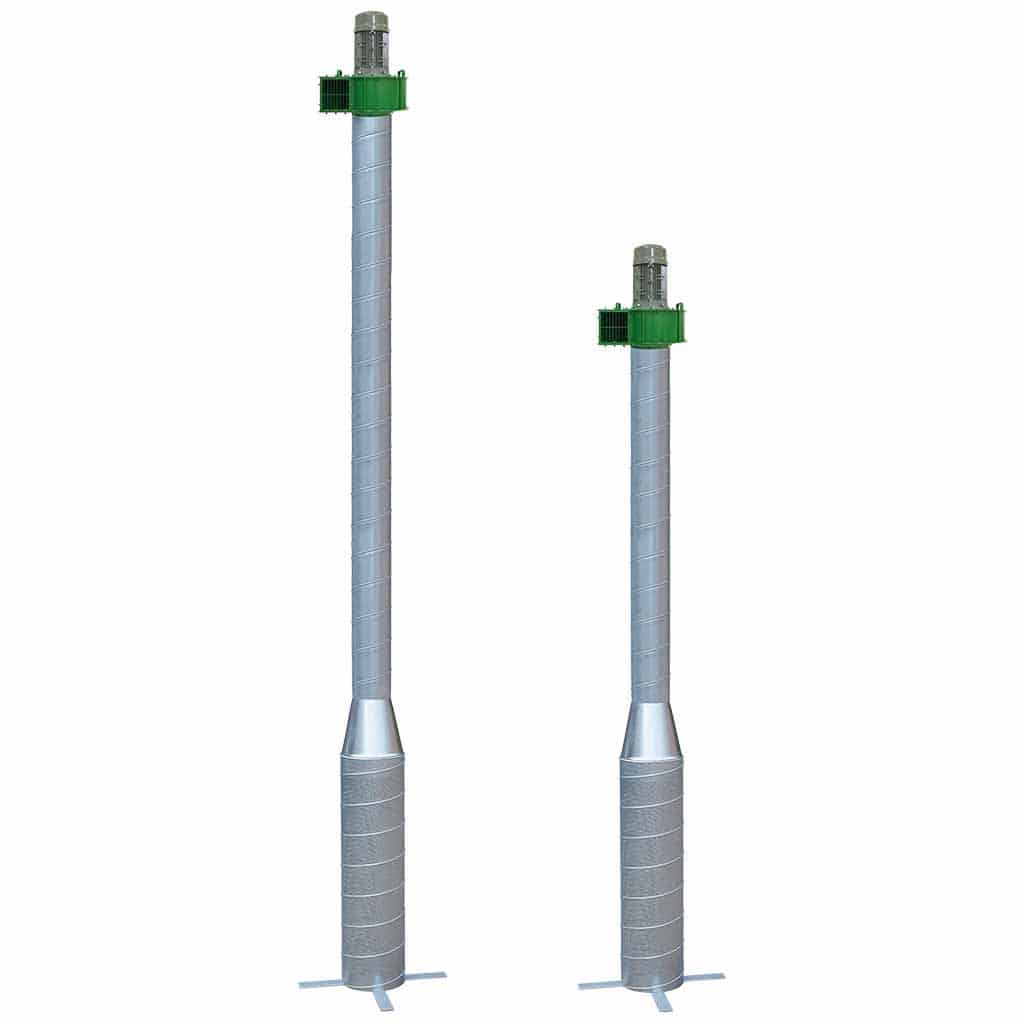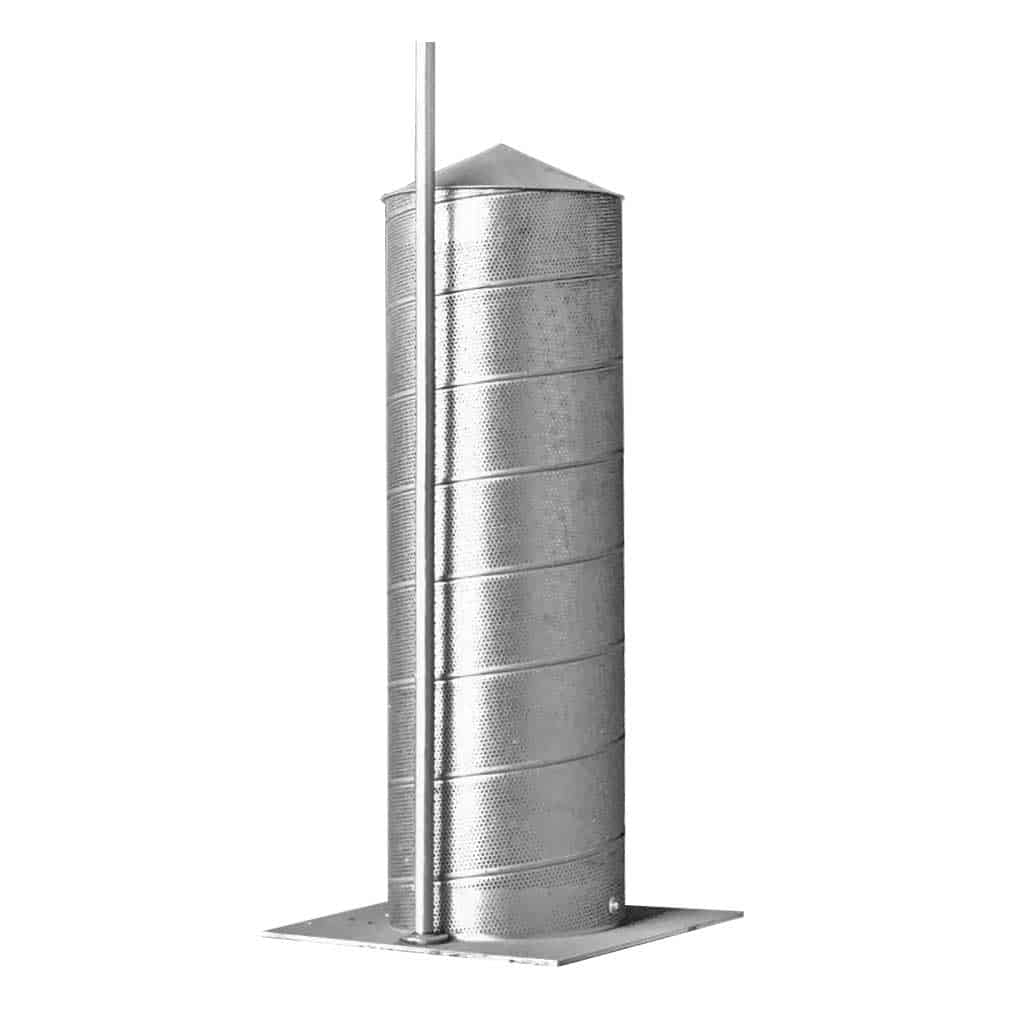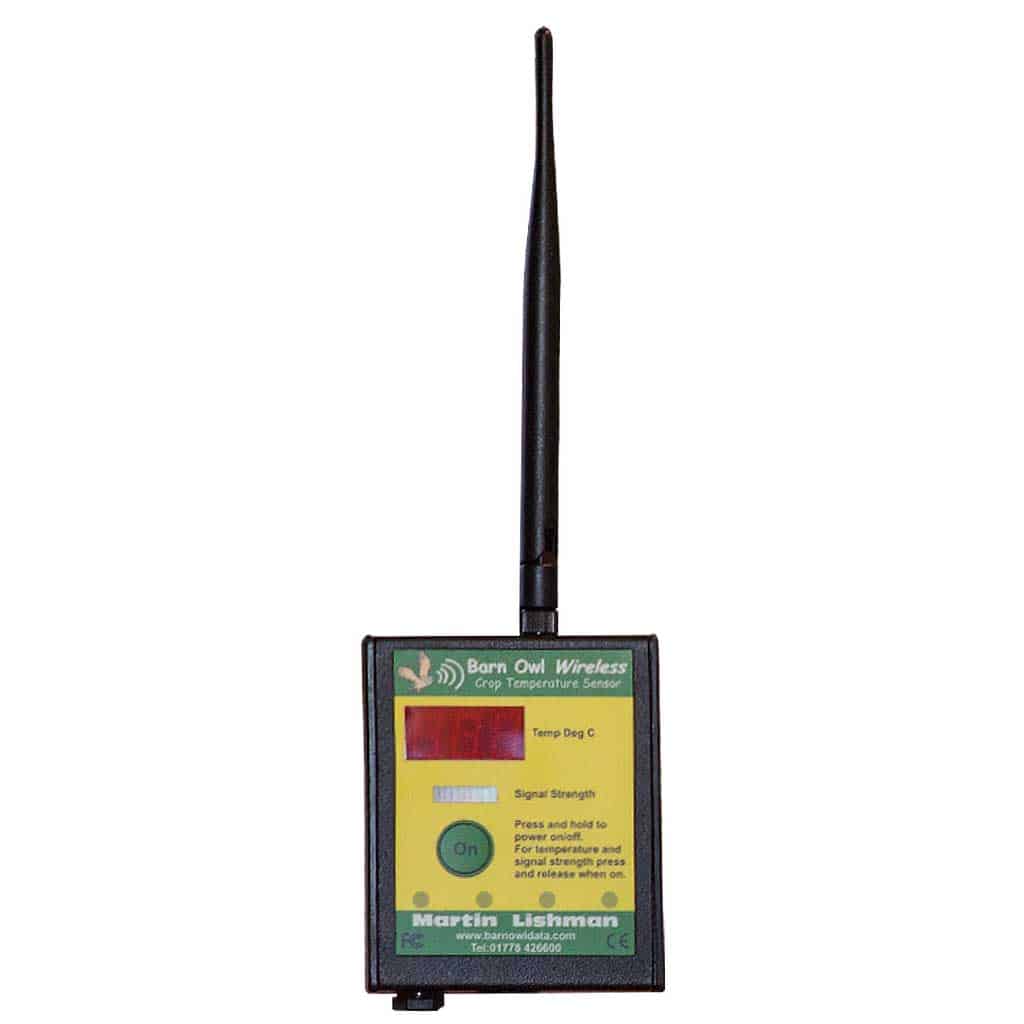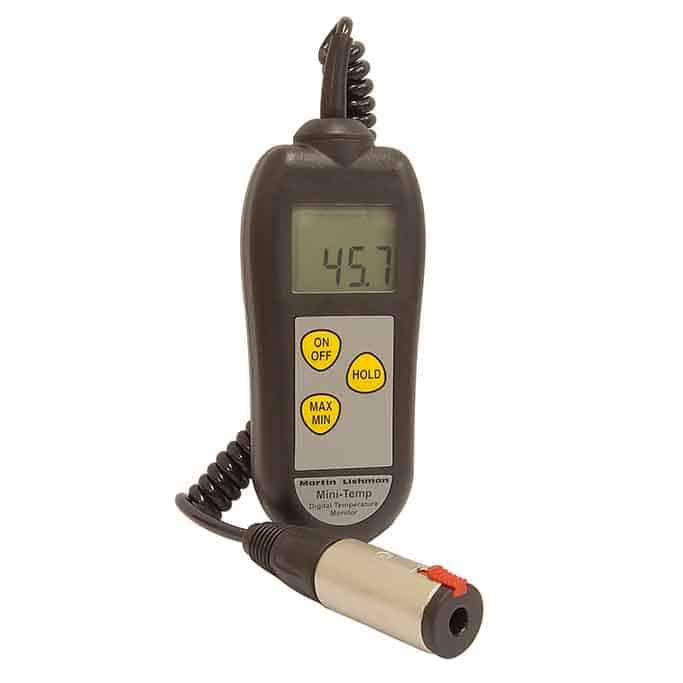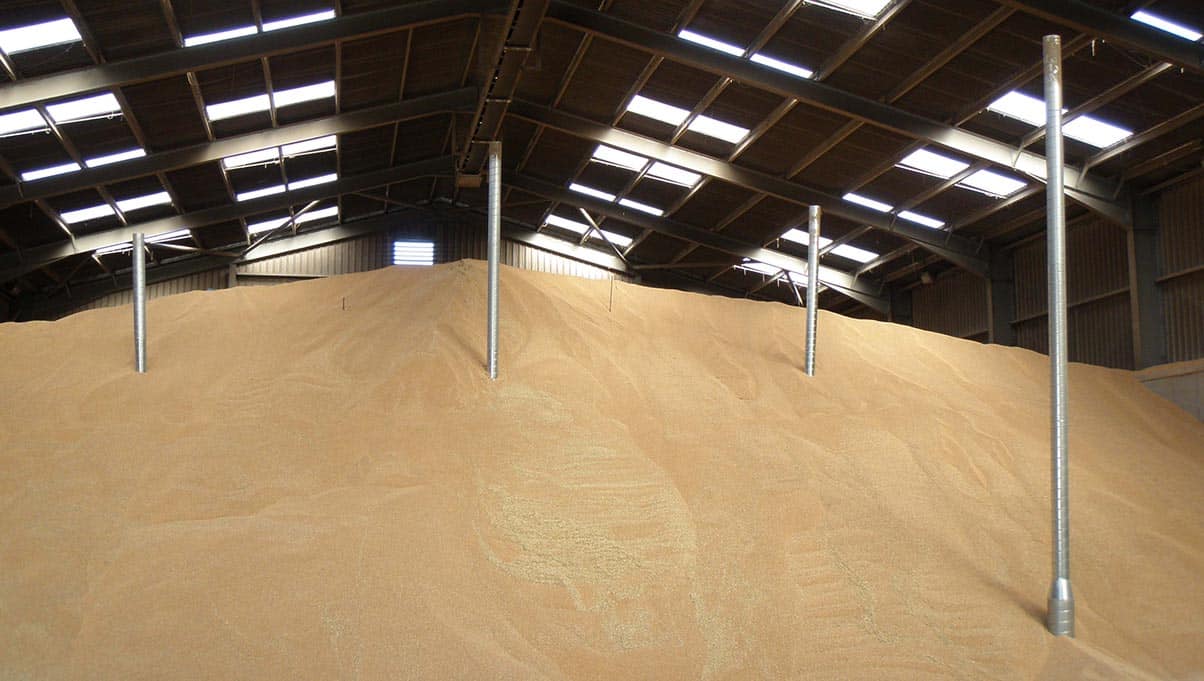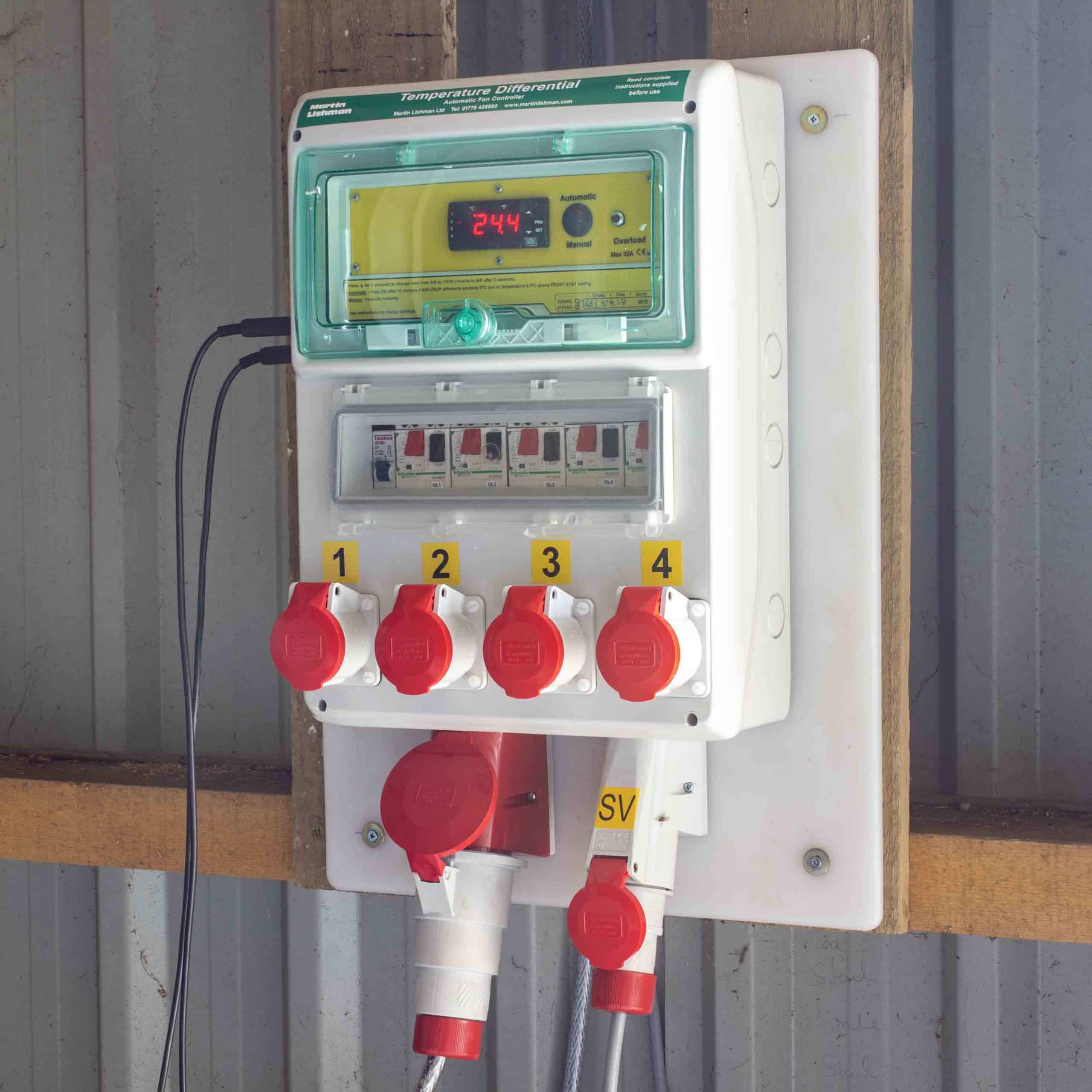From 100 tons to 22,000 tons, from converted cattle sheds to purpose-built commercial grain stores, for the past 45 years Martin Lishman grain cooling and ventilation systems have been the number one choice for farmers looking for a simple solution to storing their crops.
After more than 45 years as pioneers and experts in grain cooling technology, Martin Lishman continue to take important steps forward in supporting crop storage customers in their fight to achieve energy cost savings while still preserving grain quality, and significantly expanding the options for customers with fast-changing demands.


